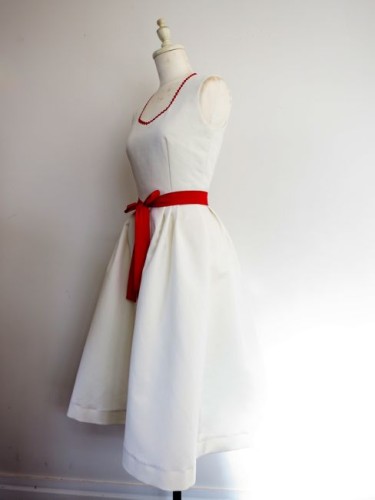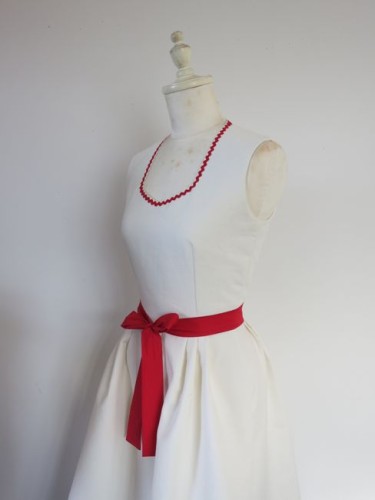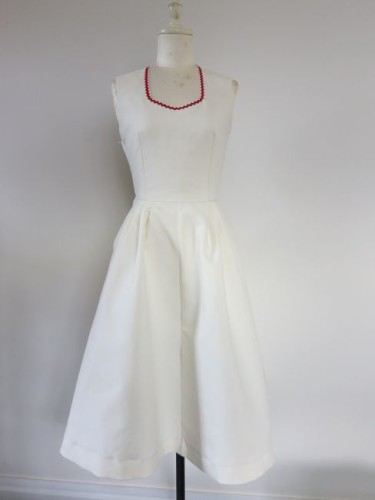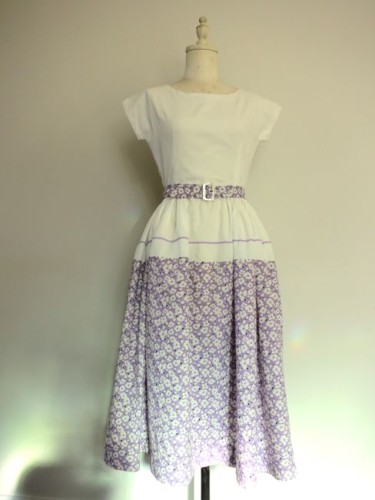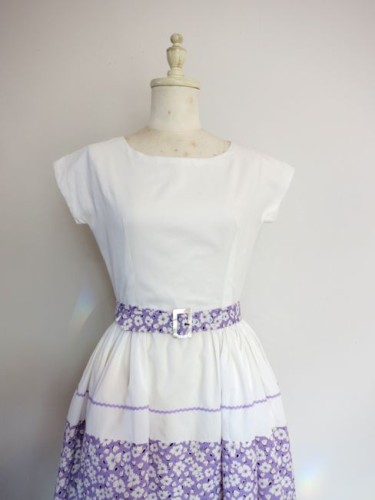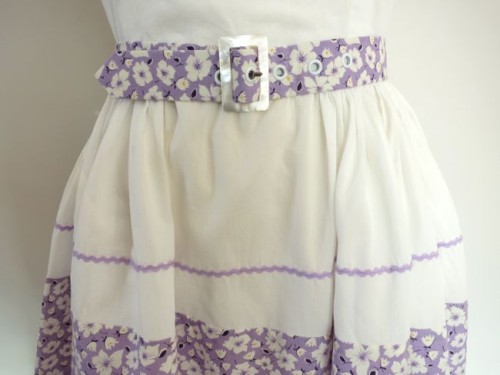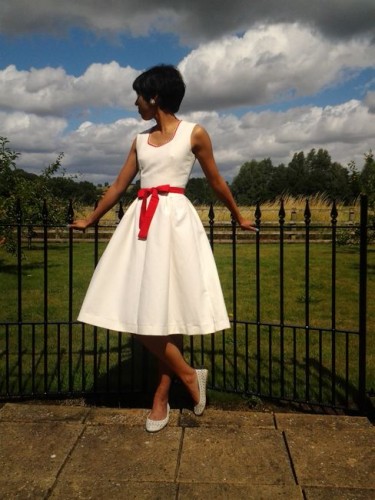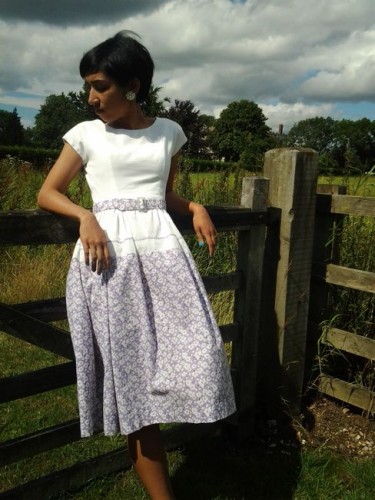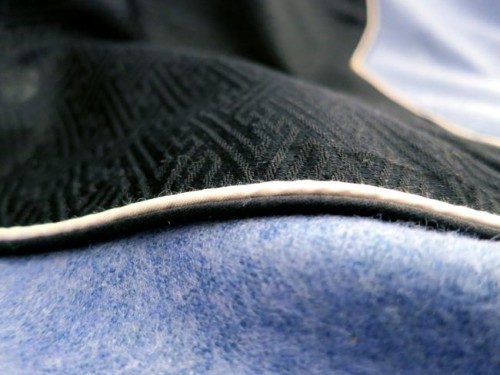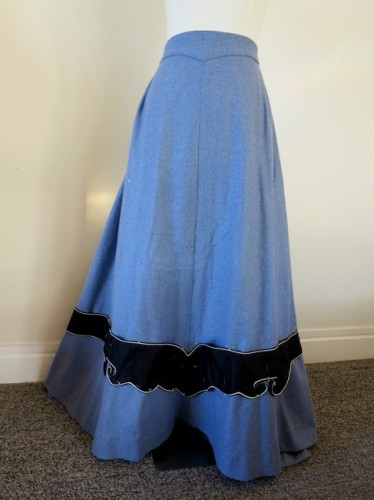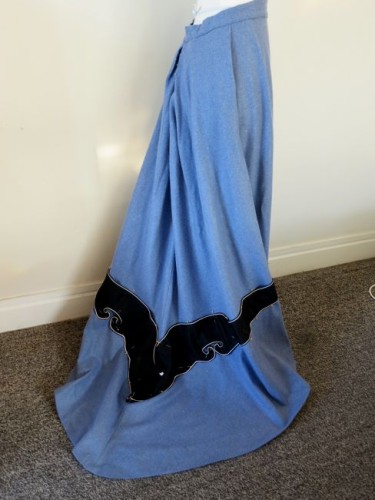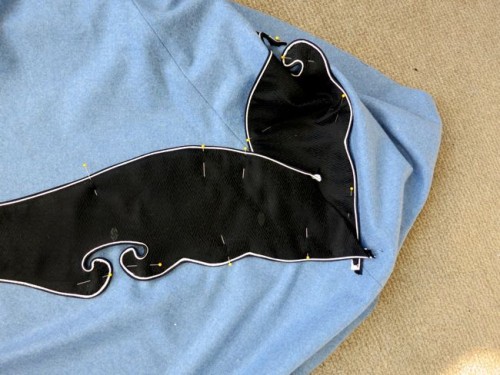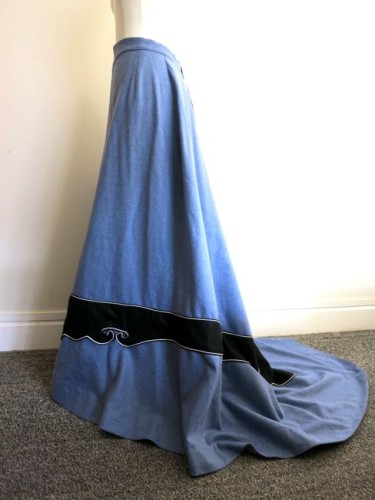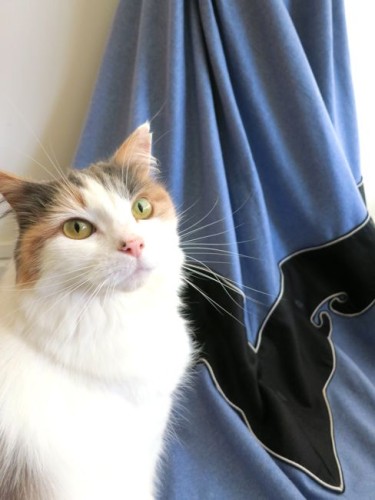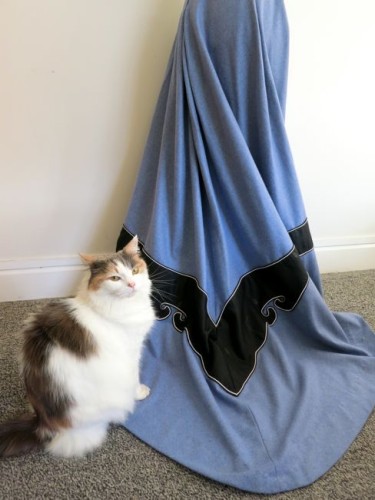I’ve been reading Victoria Finlay’s Colour, and in her chapter on indigo she discusses how urine was used as the alkaline agent for fixing dyes across millennia and cultures: from ancient Pompeii to early 20th century Scottish islands. And then she casually tosses in the information that the best urine for dye vats comes from pre-pubescent boys.
Wait. What?
There is no exploration of this rather astonishing fact, no discussion of why or when it comes from, or what culture made the claim. Short of reading all her sources (some of which I’ve already read, the rest of which are already on my reading list), I can’t think of a way to explore or test the claim.
I certainly can’t google it. My first though, as it often is, is “Ooh…I’ll look it up and see what google shakes out…” and then my mind contemplated the possibilities and quickly shut down. It would not end well.
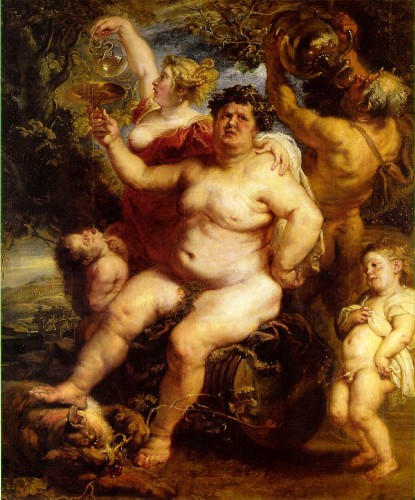
Bacchus, Peter Paul Rubens, 1640, oil on canvas
And then I realised that I already have a pretty awesome resource (and one that isn’t likely to result in the police showing up at my door if I ask “does the pee of prepubescent boys really make the best alkaline agent for dyeing?) at my fingertips: You, dear readers.
So, has anyone else heard this? Know where it comes from?
And, are there any readers with the sort of scientific or medical training who might know if there is anything chemically different in the urine of young boys which would make it better for dyeing? Is it more alkaline perhaps? Or is this probably some weird folk-myth that doesn’t have any possible basis? Or might it come from a culture that fed young boys different foods? Would this affect urine enough to make it better for dyeing?
Some cultural health/body practices do have their basis in practical, realistic, facts, so I’m not completely writing little boy pee off as an essential ingredient of a beautifully blue cloak.
Ancient Hawaii was one of many cultures that secluded women while they were having their periods, and forbade them from preparing food. While I don’t care for the dirty/punishment-from-God connotation that has sometimes come with the seclusion, on a practical level, it kinda makes sense. Many women are in pain and a bit grumpy and emotional at that time. There are certainly months where having my own private hut where I don’t have to deal with people and food gets brought to me seems like a good idea.
One can imagine ancient cultures going through the logical process of “Hmmm….every month around this time when we ask for sandwiches instead of making them she throws all the sandwich making implements at us and then sits down and cries. Maybe we should tell her to take a few days off and go hang out in her own personal place…” and then after a few generations it becomes a socio-religious thing that women go off on their own at this time, whether or not they get caught by the emotional/crying/grumpy/sandwich-implement-hurling blues or not (because not all women do).
So, could it be the same with the pee of pre-pubescent boys?
Dyers? Doctors? Scientists? Anyone brave enough to look it up in google books (I’m scared to try even that)?
UPDATE: There is tons of interesting information and useful links in the comments, plus some fascinating conjecture, but I do believe I have the answer. I discussed this with the medicos in one of my sewing classes (my sewing classes are full of nurses, doctors and digital artists) and they instantly said “Oh, you use boy pee because it is more hygienic.” Basically, thanks to their longer urethra, and the fact that it is less likely to touch other stuff as it comes out, male pee is less germy than girl pee, and thus, ironically, less smelly after time. Add that to the young boys having less contaminants than men, and it makes perfect sense that little boy pee would be the preferred urine for dyeing.
They also took the opportunity to tell me that if I was ever desperate enough for moisture to need to drink pee, man-pee was a much better option than my own. As you can imagine, I am even more disinclined to try pee-dying than pee-dyeing.


